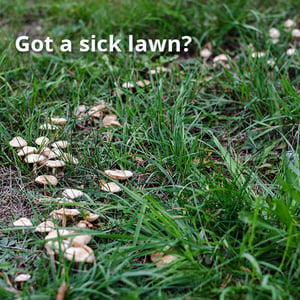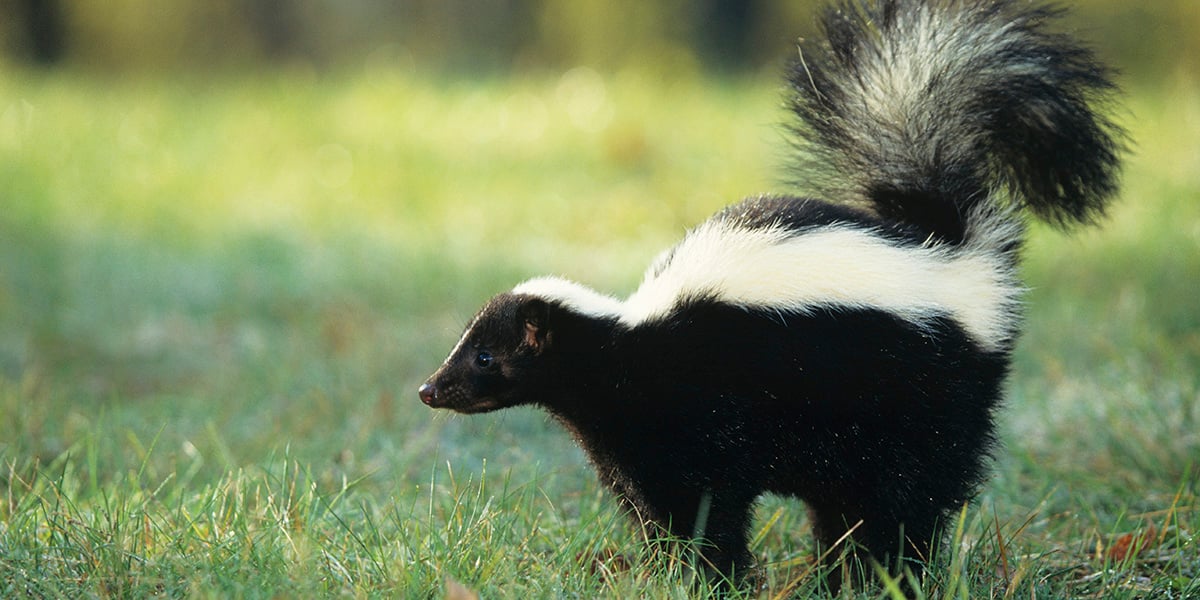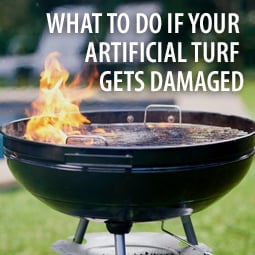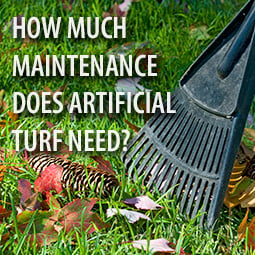 Natural grass is susceptible to all sorts of diseases and other issues that can turn your lawn from a lovely landscaping element into an unsightly and frustrating challenge. Not every disease affects every type of grass, and some diseases are less likely to be a problem here in northern California. Nonetheless the list of things that can sicken your lawn is pretty long. [Sigh.]
Natural grass is susceptible to all sorts of diseases and other issues that can turn your lawn from a lovely landscaping element into an unsightly and frustrating challenge. Not every disease affects every type of grass, and some diseases are less likely to be a problem here in northern California. Nonetheless the list of things that can sicken your lawn is pretty long. [Sigh.]
If only you had artificial grass instead.
Common turf grass diseases
- Brown patch affects cool-season turf, especially in early summer when temperatures are around 65-70 degrees at night. By the time you see the brown areas, your grass is in trouble.
- Pythium blight is a type of water mold (actually several types) that takes advantage of moisture buildup (poor drainage and/or air circulation, humid conditions, damp shady spots). It causes grayish, soggy looking patches.
- If you live at a higher elevation where you get snow, you may see pink snow mold (or gray snow mold). You’ll see watery-looking patches that are reddish (or gray) around the edges, typically toward the end of winter. As conditions dry, the patches turn brown. Pink snow molds causes more severe damage than gray.
- Summer patch can looks like brown patch but usually shows up in late summer.
- Powdery mildew. You may associate this with other landscape plants, especially if your garden is shady, but natural grass in shady areas can also develop powdery mildew.
- Rust spores can also infect grass blades if a nearby garden is home to host plants. Rust is more prevalent in the fall when conditions are damp and cool.
- Slime mold appears when it is warm and moist. This isn’t a disease, actually (it doesn’t damage the grass), it just looks gross.
All of these diseases are caused by some type of fungus. But your lawn could be looking sick for other reasons.
Non-fungal causes of turf grass damage
- Red thread shows as pink or red strands or webs on the grass. It doesn’t really hurt the grass but can be an indication that your lawn needs to be fertilized.
- Fairy rings are round or semi-circular infestations of mushrooms that can reach 20 feet in diameter over time. You may only see the mushrooms, but your grass might also turn a darker shade of green in this area or even develop some dry areas.
- Nematodes (extremely tiny or microscopic worm-like creatures) live in the soil. Some types can damage your lawn’s roots, causing yellowing, dead spots or wilting.
- White grubs are common in lawns, munching away on the roots just below the soil line. These grubs are actually larvae of various types of beetles, chafing insects.
- Sod webworms and armyworms also chew up lawn grass.
- Skunks love tasty grubs, and they can make a mess of your lawn digging for them.
- Your dog can wreck up your grass by digging or using it as a potty area.
The solution? Chemicals, usually.
Disease symptoms may mimic problems caused by over- or under-watering, nutritional imbalance, and so on. So you need a proper diagnosis before you can try to cure whatever is ailing your natural grass. In some cases, you may need to conduct a soil assay.
- Fungicides are usually quite effective to eliminate the fungal diseases listed above, but application timing can be tricky and you may have to make multiple applications.
- Insecticides can help get rid of grubs, white flies, etc.
- Fertilizers can help if the problem is nutritional, and healthy grass is better able to fend off disease.
- Snow molds are usually caused by poor winterizing practices because long grass blades or accumulated leaves and other debris provide an ideal environment for the mold to grow. Prevention require late-season mowing and cleanup.
- It’s nearly impossible to get rid of fairy rings, sorry about that.
Artificial turf never gets sick
With artificial grass, you never have to worry about having a less-than-gorgeous lawn. It doesn’t provide an inviting environment for diseases or pests, so there’s no need to repeatedly apply chemicals that can harm people, pets, and the environment. Artificial turf itself is nontoxic and allergen-free. And it’s virtually pet-proof. The barrier that prevents your dog from digging holes also prevents skunks from doing the same or moles and gophers from burrowing up from below.
Why say “if only,” when you can have artificial grass instead!











